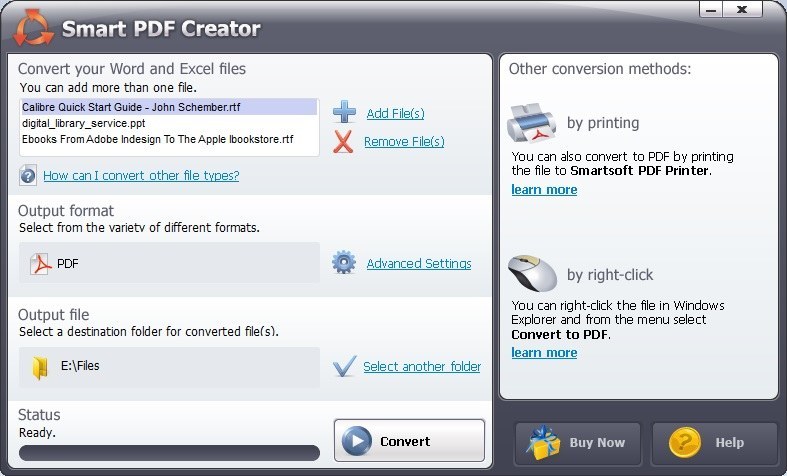

To make your form accessible you need to include fields where your learners can enter values. Adobe form tools can be used to create fields such as buttons, check boxes, menus and text boxes. Forms can be created from scratch or adapted from an existing document. Many institutions have a licence for this software but it is also available as a free trial from the Adobe website. We recommend using Adobe Acrobat DC to create accessible forms. Keep a copy of the document in Word or PowerPoint format so that it can easily be converted to alternative formats if required.If this is not possible then the alt tag for the image of the text should contain exactly the same text as the image. Although it is quite common to produce PDF documents that contain images of text, this is really poor practice from an accessibility perspective as screen readers struggle to interpret this type of content. Do not use the Tab key to format a list or to create a table. Use proper list formatting for numbered or bulleted lists.Additionally, give your PDF document a proper, meaningful title as this will make it easier for learners to find. A PDF creator will use Word (or PowerPoint) styles to establish the document structure and to generate bookmarks for navigation. Use a paragraph style for the main body of the text. Sub-section headings should be styled with a smaller heading (e.g. Main section headings should be styled with a larger heading (e.g. Do not use bold or underlined text as headings and try to be logical with your use of headings. This is particularly useful for those learners for whom English is not their first language.

Specify the language of your PDF as this will enable screen reader users to switch to a more appropriate language if they want to.

This may reduce the accuracy of screen readers. Complex layouts make it difficult for a PDF creator to infer the correct reading order when converting the document to a PDF.


 0 kommentar(er)
0 kommentar(er)
